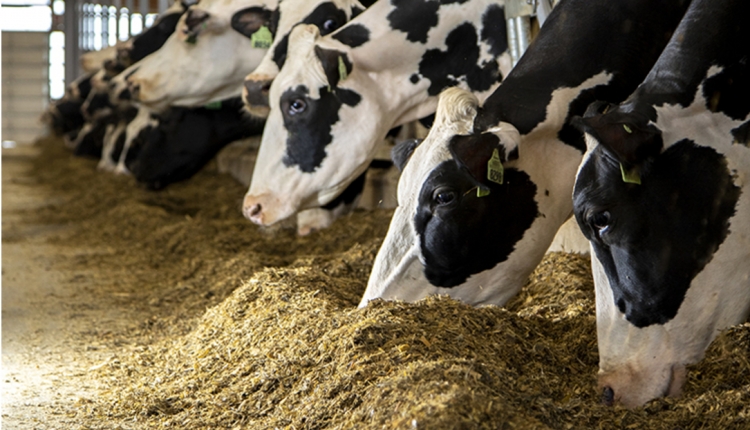
Optimal output requires optimal input when it comes to milk production and feeding dairy cows. Well-balanced rations are often what separate the top-producing herds from the rest.
In a panel discussion during the virtual Four State Dairy Nutrition and Management Conference, University of Minnesota Extension’s Jim Salfer asked two experienced dairy nutritionists, “What do you see your highest producing herds consistently do that you wish all farms would do?”
For Lee Klockner, a dairy nutrition and production specialist for Ag Partners Cooperative, feed harvest and storage are major parts of the equation.
“On some of my highest performing farms, you walk out to their bunkers, look at their forages, and they look clean,” he said. “There’s no mud, and they are well faced.”
He continued, “I think that we can make or break milk production based on how well we are putting up our forages. I think that is our biggest secret to getting milk.”
Brian Gerloff, a veterinarian turned nutritional consultant for Renaissance Nutrition, agreed.
“Excellent quality forages,” was his answer to the question. “You read it a hundred times in magazines, and most nutritionists talk about it. That is definitely the consistent driver of top performance.”
He also pointed to a good mix of high-quality forages in the ration.
“I think a blend of excellent quality forages is probably part of the key as well,” he explained. “If you look at the make-up of the fiber digestibility and the fractions, it seems like you really need continuous fermentation in the rumen, and you can’t get that very easily with one really good forage.
Gerloff added, “It takes a blend of good alfalfa, good corn silage, and maybe triticale, rye, or grass, to accomplish that. The best performing herds I work with that have high milk and high components have that nice blend.”








